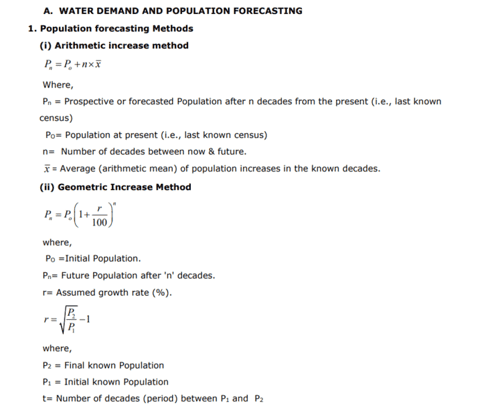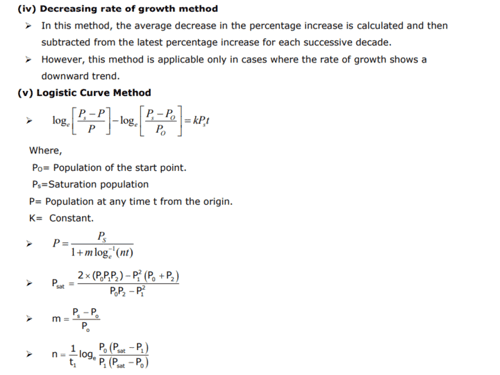Important Formulas for Environmental Engineering
Important formulas for environmental engineering are essential tools that help engineers analyze, design, and optimize the systems they work with. From water treatment to air pollution control, environmental engineers rely on a vast array of formulas and equations to make informed decisions, develop innovative solutions, and improve the efficiency of various environmental systems. By mastering the fundamental formulas and concepts in environmental engineering, engineers can optimize the performance of environmental systems, identify areas for improvement, and mitigate environmental impacts.
Environmental Engineering Formula Sheet
Environmental Engineering Formula Sheet is a compilation of important formulas used in the field of environmental engineering. It is a helpful resource for students and professionals alike who require quick access to essential formulas for calculations and problem-solving.


Important Links
GATE Exam-Related Links | |





Comments
write a comment